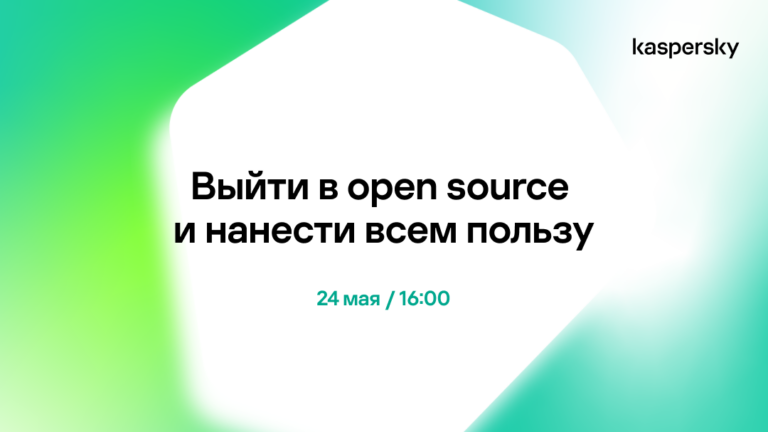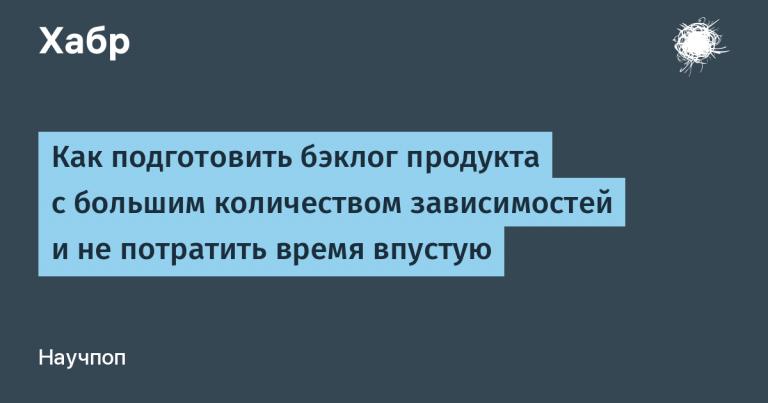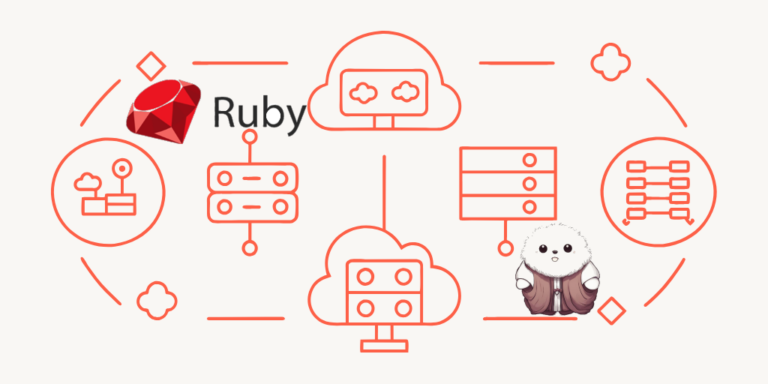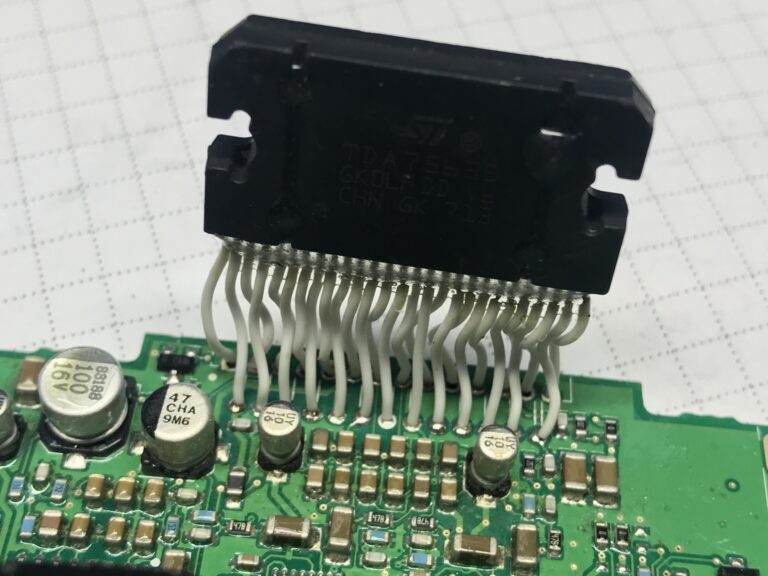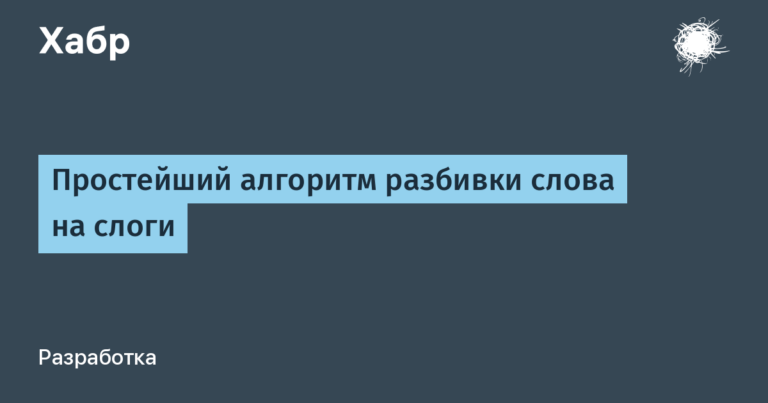Mastering the new TOGAF 10
TOGAF 10 was recently released and is available now. We will step back a little and look at the work of creating an enterprise architecture in an organization through the eyes of a practitioner. However, the article makes a distinction between different audiences and use cases for TOGAF 10, and recognizes that the organization is already working on an enterprise architecture.
This article will help you figure out how to use brand new release.
One of the major improvements in TOGAF 10 is the new modular structure. Now the TOGAF standard consists of separate documents with a focus on key topics and a structured approach. This means that such individual documents are organized around key topics and aspects that play an important role in the enterprise architecture. For example, one document might be about the Architecture Development Process (ADM), another about business architecture, a third about information architecture, and so on. Each document in this structure provides a deeper and more specialized treatment of the relevant topic. In addition, topics are ordered by their importance and persistence over time. Foundational enterprise architecture topics such as ADMare located in the very center, in the fundamental part of TOGAF.
Best practices, on the contrary, are now in the TOGAF series guides, which are now also an official part of it.
Finally, emerging and frequently changing concepts are described in various publications and documentation held in The Open Group Library. This includes pocket guides, research papers, manuals, white papers, reference cards, and other useful documents.

TOGAF 10 has a modular structure
The new framework is important because most organizations are already working on an enterprise architecture. Organizations at different levels of maturity require different architectures, processes, and controls. With the previous version of TOGAF, organizations have always been forced to selectively adapt or change elements and components of the framework to fit existing processes and artifacts within the enterprise.
The modular structure of TOGAF 10 makes this much easier. The Open Group calls it “thematic support”. With a modular structure, organizations can more flexibly choose and combine different modules to suit their needs, without having to make large changes to the entire framework.
In addition to well-established enterprise architecture practice, there are other reasons why a practitioner may not want to fully adapt to the full TOGAF standard, but instead customize it to suit their needs.
Which enterprise architecture model is right for my organization?
*Enterprise Architecture model, or EA-model for short.
Enterprise architecture requirements for companies can be very individual. They depend on common parameters such as
Company size
Industry
Security Requirements
Compliance Requirements
They also depend on the business model and competitive advantage parameters such as
Customer Relations
Data integration
Data monetization strategy
Product life cycles
Production cycles
Finally, they also depend on management decisions and the operating model, such as

Who is applying the enterprise architecture, who is using TOGAF 10?
In addition to the factors presented earlier, such as the parameters of the organization, an important reason influencing the decision to use the standard is the scope of its application for certain specialists or professionals using TOGAF 10 in their work or activities and the specifics of the scenario in which it will be applied.
The Open Group mentions the following 4 professional rolesfor which TOGAF 10 is relevant:
Enterprise architecture practitioners.
Enterprise Architecture (EA) Consultants.
EA tool providers.
Enterprise Architecture Trainers.
These roles are of interest and application to TOGAF 10, each with its own unique perspective and goals in the field of enterprise architecture.
While each of these different roles will use the TOGAF 10 standard differently, today we will focus on a subset of enterprise architecture practitioners. It can be further divided into roles that require solutions for their strategic, portfolio, project or solution architecture. Each one requires different frameworks, best practices, and enterprise architecture use cases.
Fortunately, enterprise architecture supports a wide range of use cases. Among them are digitalization, cost reduction, simplification and harmonization of IT landscapes, as well as increased reliability and fault tolerance.
Considering all these factors helps to understand how the TOGAF 10 standard can be adapted and used in the best way in a particular situation.
The modular structure of TOGAF 10 allows different professionals to find what they need
In older versions of TOGAF, the structure was fairly monolithic. If you wanted to use ADM (Architecture Development Method), you had to learn a lot of material from the extensive TOGAF standard. ADM is an architecture development methodology, and in older versions of TOGAF, all the necessary information about it was scattered in different sections and documents, which could make the process of becoming familiar with its application difficult and time-consuming.
With version 10, the transition to a modular approach to content was completed. The Open Group now provides material for specific purposes. This helps enterprise architecture practitioners find what they need. What are these materials?
Contents of the main TOGAF 10 documents
The following documents are part of the core content of the TOGAF standard:
Introduction and basic concepts (88 pages)
Architecture Development Method (ADM) (154 pages)
ADM Techniques (88 pages)
Application of ADM (36 pages)
Architecture content (120 pages)
Enterprise Architecture Features and Management (64 pages)
What are TOGAF Series Guides?
In addition to the fundamental content, the TOGAF series provides modular, topic-focused best practices for applying enterprise architecture. As of May 2022, TOGAF 10 includes 23 TOGAF series manuals in The Open Group Library. Among them:
Value Streams
Using the TOGAF Standard in the Digital Enterprise
TOGAF Digital Business Model (DBRM)
TOGAF Technical Reference Model (TRM)
TOGAF Integrated Information Infrastructure Reference Model (III-RM): An Architectural Approach to the Free Flow of Information (creating an architectural approach that enables boundless movement of information within an organization)
Organization Mapping (indicates the process of creating a structural map of an organization)
Microservices Architecture (MSA)
Information display
Government Reference Model (GRM)
Ensuring corporate agility
Digital Adoption: A Guide to Readiness Assessment and Roadmap Development
Business Scenarios
Business models
Business Opportunities (Version 1 and 2)
Skills Structure in Architecture
Models levels of maturity and development of architectural practices and processes in an organization
Applying TOGAF ADM using agile sprints
The Practitioner’s Approach to Enterprise Architecture Development in Accordance with TOGAF ADM
Business architecture
Using the TOGAF framework to define and manage Service Oriented Architectures
TOGAF’s Guide for Executives and Organizational Leaders to Build and Build Enterprise Architecture Capacity
Information Architecture: Master (Master) Customer Data Management (C-MDM)
Architectural project management
Examples of using TOGAF 10
Let’s look at a few situations where someone wants to use TOGAF 10. So what should they do?
As a beginner in the field of enterprise architecture, I want to understand the basic principles in order to bring value to my organization as quickly as possible.
A person who is just starting to study a topic wants to master the basics and does not want to feel an undue burden from a large amount of information and the latest developments.
Hence, a beginner will learn the basic content of TOGAF. To begin with, most likely, he will read “Introduction” and “Basic concepts”. After reading the first 88 pages, he will move on to the rest of the fundamental content, or to a specific best practice guide that suits his current tasks.
As a cloud computing architect in an ongoing project, I want to quickly and effectively understand TOGAF’s point of view on cloud architecture
A cloud architect is probably already familiar with the basics of TOGAF. Instead of studying all the documentation, he would be interested in learning about specific aspects in the field of cloud solutions. Looking through the series of tutorials, he will pay attention to the following topics:
TOGAF Integrated Information Infrastructure Reference Model (III-RM): An Architectural Approach to the Free Flow of Information
Microservices Architecture (MSA)
Using the TOGAF framework to define and manage Service Oriented Architectures
As a Product Owner, I want to understand the concept and approach to business opportunities that my development team is using so we can better align.
In the case described, the product owner would like to understand a specific concept described in TOGAF. The new topic distribution structure allows him to immediately download the guide directly to the business opportunity and start reading.
As you can see, different roles require different information from the new TOGAF 10 standard. The modular structure makes the process of finding the necessary material easier, allowing everyone to focus on the TOGAF 10 content that is really valuable and interesting for them!
On August 21, an open lesson “Architectural content of TOGAF 10” will take place. There, together with a practicing expert, we will review the TOGAF 10 metamodel and define the main entities of the enterprise repository model. After the lesson, we will learn how to define a set of key data elements of an enterprise repository model, as well as understand and use enterprise architecture description models. We encourage everyone to join via the link below.
